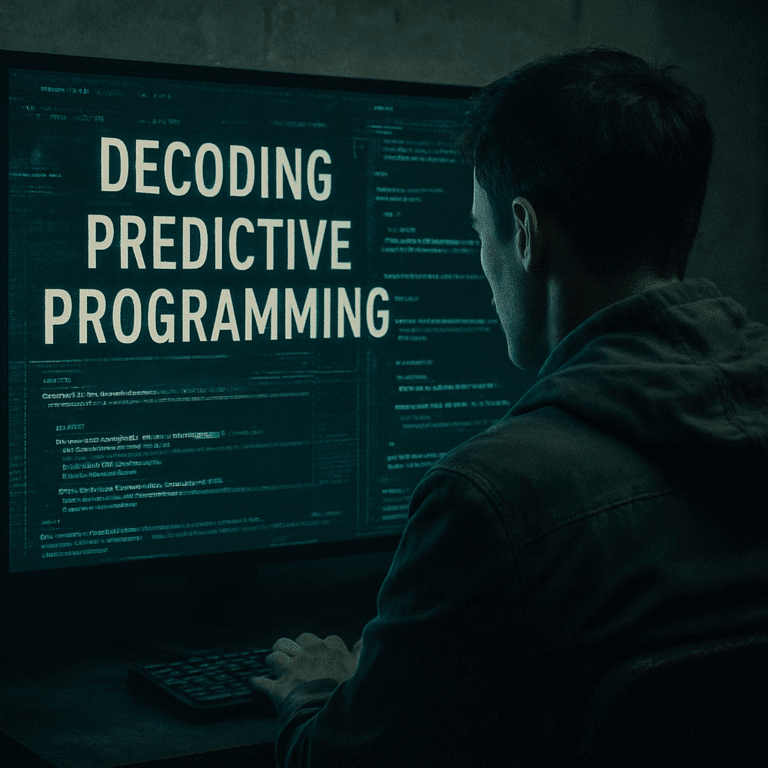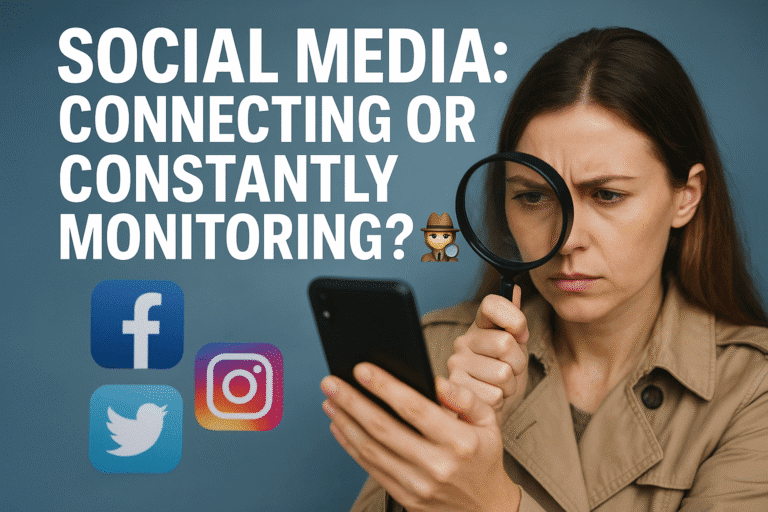This website is in the works! Things will get fixed with time.
In the vast and increasingly complex digital sphere, where information flows at an unprecedented rate, a growing concern has emerged regarding the intentional suppression of certain viewpoints, individuals, or content by social media algorithms. This phenomenon, often referred to as algorithmic censorship or shadow banning, fuels the belief that powerful platforms are actively controlling the flow of information, particularly when it deviates from mainstream narratives or challenges established entities. This raises profound questions about free speech, information access, and the very nature of public discourse in the digital age.
The Invisible Muzzle: How Suppression Occurs ????
Algorithmic censorship and shadow banning operate through subtle, often undetectable, mechanisms embedded within the complex code that governs social media platforms. Unlike overt content removal, which is usually accompanied by a notification, these methods aim to reduce the visibility and reach of content without the user’s explicit knowledge.
One primary method is de-prioritization in feeds. Algorithms are designed to determine what content users see. When content is “shadow banned,” it isn’t deleted, but its algorithmic ranking is significantly lowered. This means it appears less frequently in followers’ feeds, search results, or trending topics, effectively making it invisible to a wider audience. This can apply to individual posts, entire accounts, or even specific hashtags.
Another technique involves reduced discoverability. Platforms might make it harder for users to find certain accounts or content through search functions, recommended lists, or explore pages. A user might search for a specific account and find it missing, or discover that their posts, despite being public, are not appearing for non-followers. This creates an environment where certain voices are effectively muted, even if they haven’t violated any explicit terms of service.
Furthermore, selective demonetization or limited engagement tools can also act as a form of algorithmic suppression. While not direct censorship, restricting a creator’s ability to earn revenue or utilize interactive features can significantly disincentivize the production of certain types of content, subtly guiding creators towards more “acceptable” narratives. The opaque nature of these algorithms makes it incredibly difficult for users to determine if their content is being intentionally suppressed, leading to frustration and a sense of being unfairly targeted.
For more on how algorithmic censorship works, you might find this video insightful:
- http://www.youtube.com/watch?v=6McuxV0Krxw“>Algorithmic Censorship Explainer by Kylee Downes
Whispers in the Digital Wind: Signs of Shadow Banning ⚠️
Detecting algorithmic censorship or shadow banning can be challenging precisely because it’s designed to be subtle. However, several indicators might suggest your content or account is being suppressed.
Perhaps the most common sign is a sudden and unexplained drop in engagement. If your posts, which previously received consistent likes, comments, or shares, suddenly see a drastic reduction in interaction without any change in your content strategy or audience, it could be an indicator. Similarly, a decline in follower growth or even a loss of followers without a clear reason might point to reduced visibility.
Another strong sign is when your content doesn’t appear in search results or hashtags for others, even when you’re using relevant and popular tags. You might ask a friend to search for your recent post using a specific hashtag, only for them to report it’s nowhere to be found. This suggests that your content is being excluded from discoverability features.
For content creators, a noticeable decrease in reach or impressions (metrics provided by some platforms) can be a direct indication of algorithmic suppression. If your content is reaching significantly fewer people than usual, despite a consistent audience size, it’s a red flag. Lastly, if you find that your posts are visible to you but not to others (a common test for shadow banning), or if certain features like “suggested for you” stop recommending your account, these are all potential signs that an invisible hand is limiting your reach.
To understand more about shadow banning and how it affects users, consider watching:
- http://www.youtube.com/watch?v=rAUBdzjVqCM“>Shadow Banning Explained: How It Affects Social Media Users by The Coach Ratner Podcast
- http://www.youtube.com/watch?v=e3PL_255pJw“>What is “shadow-banning”? Let me show you. by Tulsi Gabbard
Navigating the Digital Fog: Strategies to Counter Algorithmic Suppression ????️
While directly combating the opaque nature of algorithmic censorship is difficult, individuals and creators can adopt strategies to mitigate its effects and maintain their online voice.
A crucial first step is to understand platform guidelines. While algorithms can be opaque, knowing the explicit terms of service and community guidelines of each platform can help you avoid unintentional violations that might trigger suppression. Stay informed about updates to these policies.








